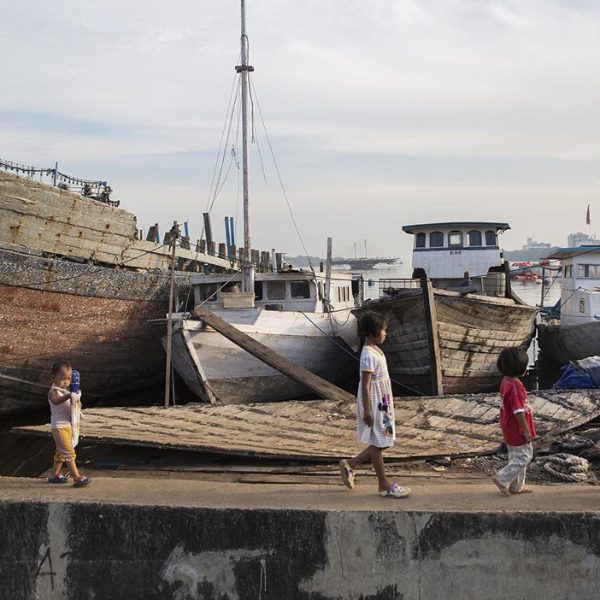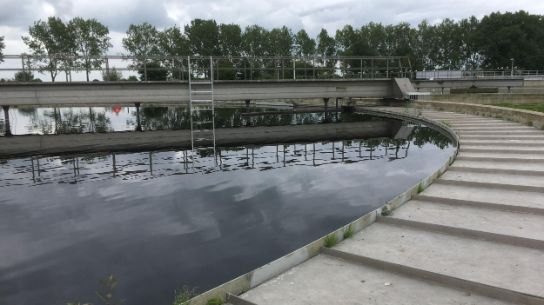NCICD - Jakarta:
Coastal protection and urban development

NCICD - Jakarta:
The Indonesian capital Jakarta is facing major problems: groundwater extraction is making the city sink, and the sea level is rising. Despite being repeatedly raised, the concrete defences built along the coastline to protect the city from flooding are not adequate. And certainly not in the rainy season, when the sea is whipped up by the wind and pelting rain, filling rivers to the brim. If nothing is done about this, one third of the city will be below sea level by 2050, making it particularly liable to flooding.
National Capital Integrated Coastal Development
Between 2012 and 2020, various consortia working under the direction of Witteveen+Bos drew up plans to safeguard and develop Jakarta. This involves the National Capital Integrated Coastal Development programme (NCICD I and NCICD II), whereby protection plans were produced and implemented in conjunction with economic and social opportunities. The client was the Dutch government (Partners for Water) and the beneficiary of the project the Indonesian authorities, with close collaboration being sought here. Execution of the NCICD II project (2016-2020) was based on an agreement between Indonesia, Korea and the Netherlands. The plans for this project were developed by a large group of consultants from these three countries under the overall control of Witteveen+Bos.
Integrated Flood Safety Plan 2020
A number of designs for short and long-term coastal defence included in NCICD I (2012-2014) were developed further under NCICD II (2016-2020) and adapted according to the latest findings. The strategy was based on a multi-pronged approach, roughly consisting of three phases: in the short term, stopping groundwater extraction, raising and reinforcing the existing walls; in the medium term, constructing a breakwater off Jakarta's coastline in combination with land development; and in the long term (if subsidence continues) closing the breakwater and creating a man-made freshwater lake.
The NCICD project did not just aim to offer Greater Jakarta lasting protection from flooding with seawater, but also to create new space in the city for over 1.5 million people from all income brackets, by reclaiming land in Jakarta Bay. This solution should help ease the capital's problems with traffic congestion while also tackling a number of environmental problems, which include waste processing, drainage and improvement of the water supply and quality.

Feasibility
The plan has been reviewed for feasibility, not just in financial and technical terms, but also as regards socio-economic and ecological aspects. The cost of implementing the various measures is put at USD 10 billion for all short and long-term solutions combined.
Viability
The creation of a fully closed dam between the east and west of the bay in one step is not politically viable as the impact on coastal fishing would be too great. The solution chosen was a partial dam (a sort of breakwater), which is designed to reduce the height of waves from the sea by some 1.5 metres.
The plans have been on hold for several years for a number of reasons: changes in the country's political representation, a failure to readily grasp the gravity of the situation and the government's resolve to set up a new capital elsewhere in Indonesia. Recently however, the project is attracting interest again among the administration, in particular as regards the short-term measures.

More information?


Our projects
Every year we work on almost 5,000 projects on water, infrastructure, environment and construction.
